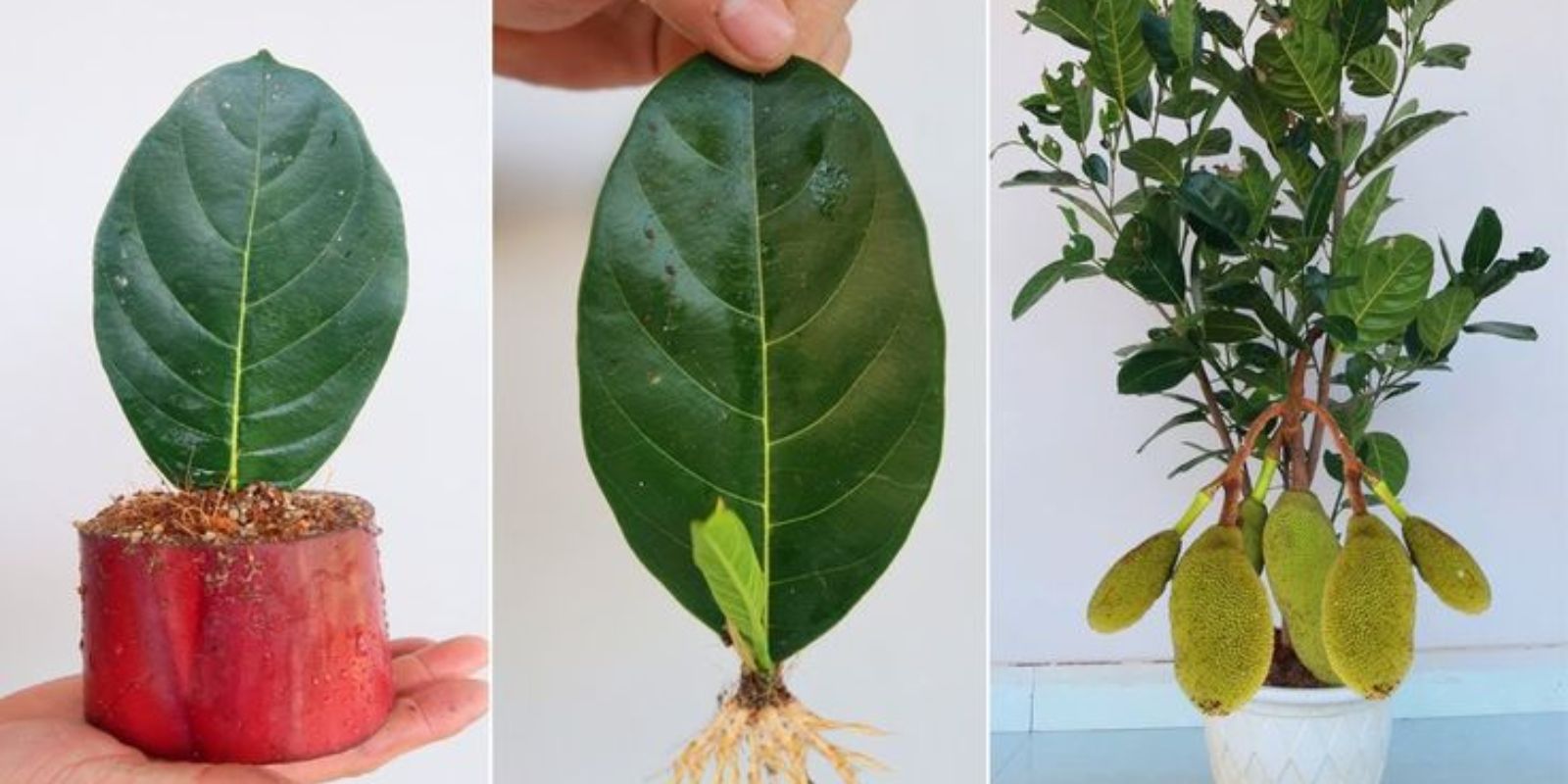Jackfruit (Artocarpus heterophyllus) is one of the largest fruit-bearing trees in the world, known for its delicious, nutritious, and versatile fruit. While jackfruit is commonly grown from seeds or grafting, propagating it from leaves is less conventional but still possible under the right conditions. If you are a beginner looking to grow a jackfruit tree from leaves, this guide will walk you through the step-by-step process to ensure successful propagation.
Understanding Jackfruit Propagation
Jackfruit trees are typically propagated using seeds or grafting methods. However, propagating jackfruit from leaves is a challenging but rewarding experiment. While leaves themselves do not contain the necessary tissue to generate roots directly, using stem cuttings with leaves attached increases the likelihood of successful propagation. The presence of a stem segment allows for root development and growth into a healthy tree.
Materials Needed
To start the process, gather the following materials:
- Healthy jackfruit leaves attached to a small stem segment (semi-hardwood cuttings)
- A sharp, sterilized knife or pruning shears
- A container with drainage holes
- Well-draining potting mix (a combination of sand, perlite, and peat moss)
- Rooting hormone (optional but recommended)
- A clear plastic bag or humidity dome
- Spray bottle with water
- A warm, shaded area with indirect sunlight
Step-by-Step Guide to Growing a Jackfruit Tree from Leaves
Step 1: Selecting the Right Leaves and Cuttings
Choose healthy, disease-free jackfruit leaves attached to a young, semi-hardwood stem. The stem should be about 6–8 inches long and have at least one or two leaves attached. Avoid using mature, hardened branches, as they are less likely to root.
Step 2: Preparing the Cuttings
- Using a sharp, sterilized knife or pruning shears, cut the selected stem at a 45-degree angle just below a node (the point where a leaf emerges).
- Remove any excess leaves, leaving only one or two at the top. This reduces moisture loss and focuses the plant’s energy on root development.
- Dip the cut end in a rooting hormone powder or gel to encourage faster root formation.
Step 3: Preparing the Potting Medium
- Fill a container with a well-draining potting mix composed of sand, perlite, and peat moss.
- Moisten the soil slightly, ensuring it is damp but not soggy.
Step 4: Planting the Cuttings
- Use a stick or pencil to make a hole in the soil, then insert the prepared cutting about 2–3 inches deep.
- Gently press the soil around the cutting to secure it in place.
- Mist the leaves with water using a spray bottle.
- Cover the container with a clear plastic bag or place it inside a humidity dome to create a greenhouse effect.
Step 5: Providing the Right Conditions
- Place the container in a warm, shaded area with indirect sunlight.
- Maintain humidity by misting the cutting regularly and keeping the plastic cover slightly open to allow air circulation.
- Keep the soil consistently moist but not waterlogged to prevent rotting.
Step 6: Monitoring and Root Development
- In 4–8 weeks, check for root development by gently tugging on the cutting. Resistance indicates root growth.
- If the leaves remain green and new growth appears, the propagation is successful.
- If the cutting wilts or turns brown, it may not have rooted successfully. Try again with fresh cuttings.
Step 7: Transplanting the Seedling
Once the cutting has developed strong roots and new growth, it is ready for transplanting.
- Prepare a larger pot or select a planting site with well-draining, fertile soil.
- Gently remove the cutting from the container, taking care not to damage the roots.
- Plant it in the new location and water thoroughly.
- Continue to provide partial shade until the plant is well-established.
Caring for Your Young Jackfruit Tree
Watering
- Keep the soil evenly moist but avoid overwatering, as jackfruit trees dislike waterlogged conditions.
Fertilizing
- Apply a balanced fertilizer (10-10-10) every 4–6 weeks to encourage healthy growth.
- Organic compost and well-decomposed manure can be added to improve soil fertility.
Pruning
- Remove any weak or damaged branches to promote strong growth.
- Encourage a central leader to develop a sturdy trunk.
Pest and Disease Management
- Watch out for pests such as aphids, scale insects, and caterpillars.
- Use neem oil or organic insecticides if necessary.
- Ensure good air circulation to prevent fungal diseases.
Final Thoughts
Growing a jackfruit tree from leaves may require patience and persistence, but with the right techniques, you can successfully propagate and nurture a thriving tree. By selecting healthy cuttings, providing the right conditions, and maintaining proper care, you can enjoy the rewarding experience of growing your very own jackfruit tree at home. Happy gardening!

